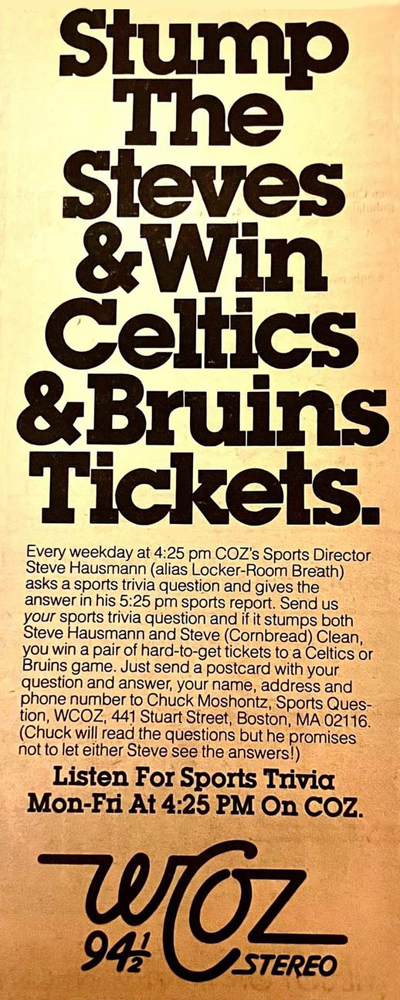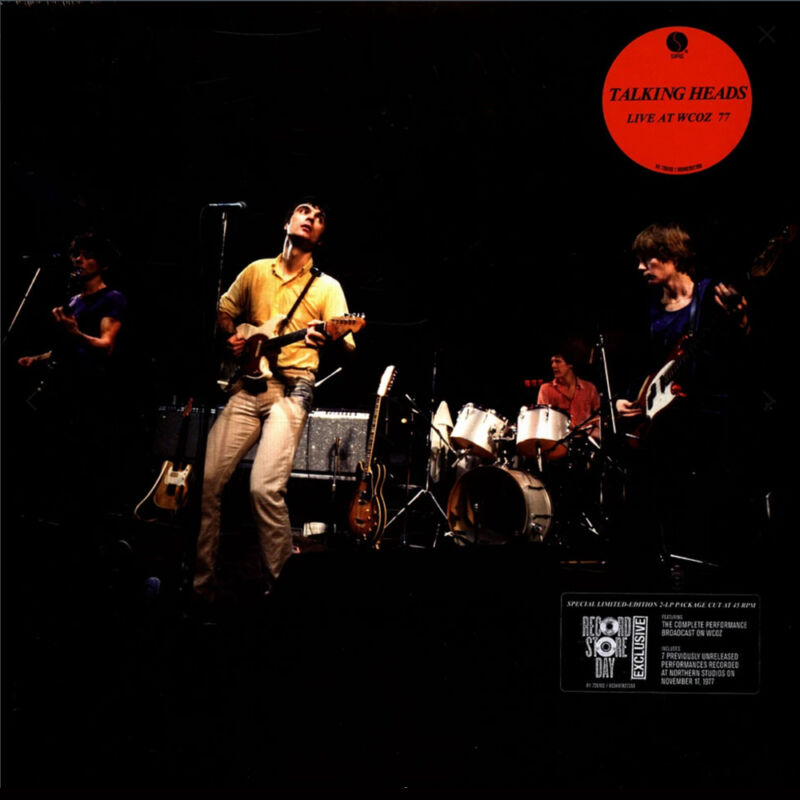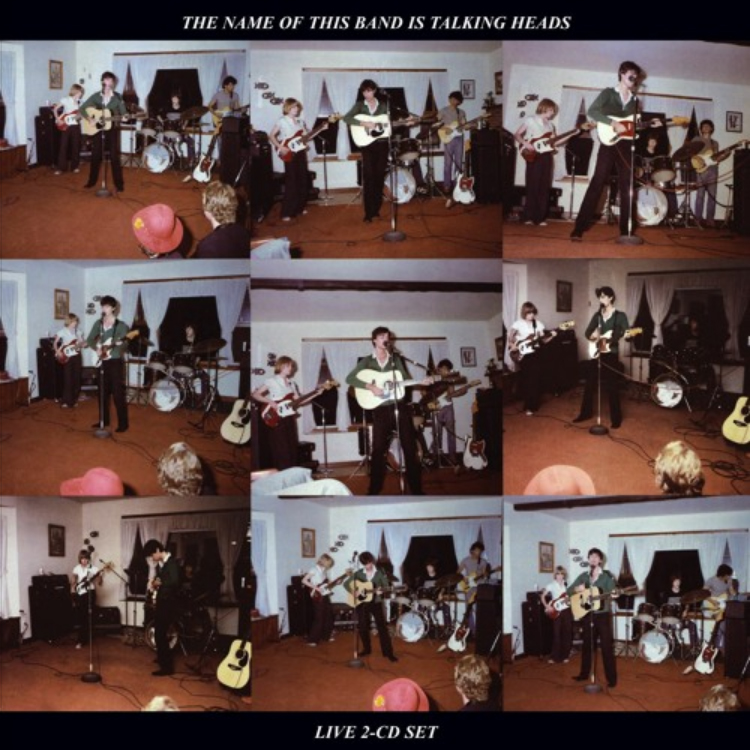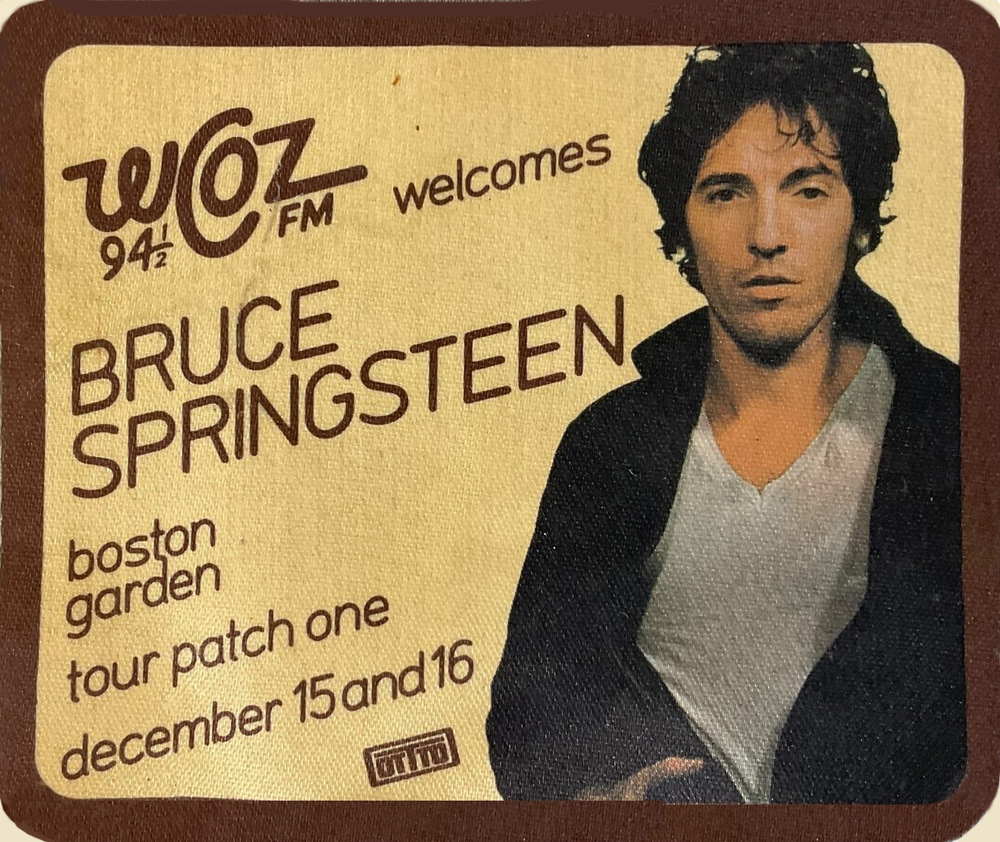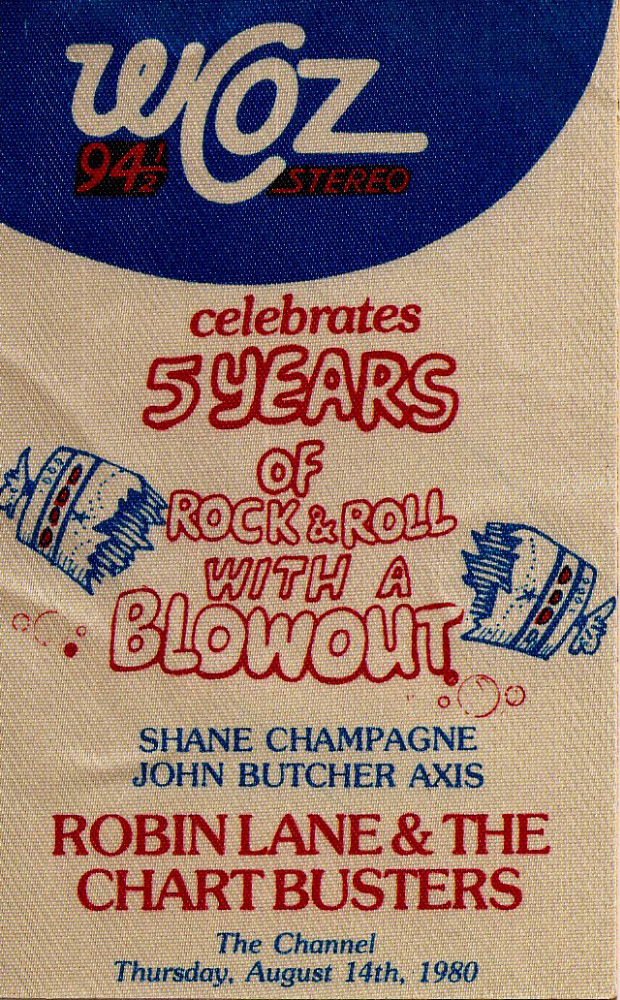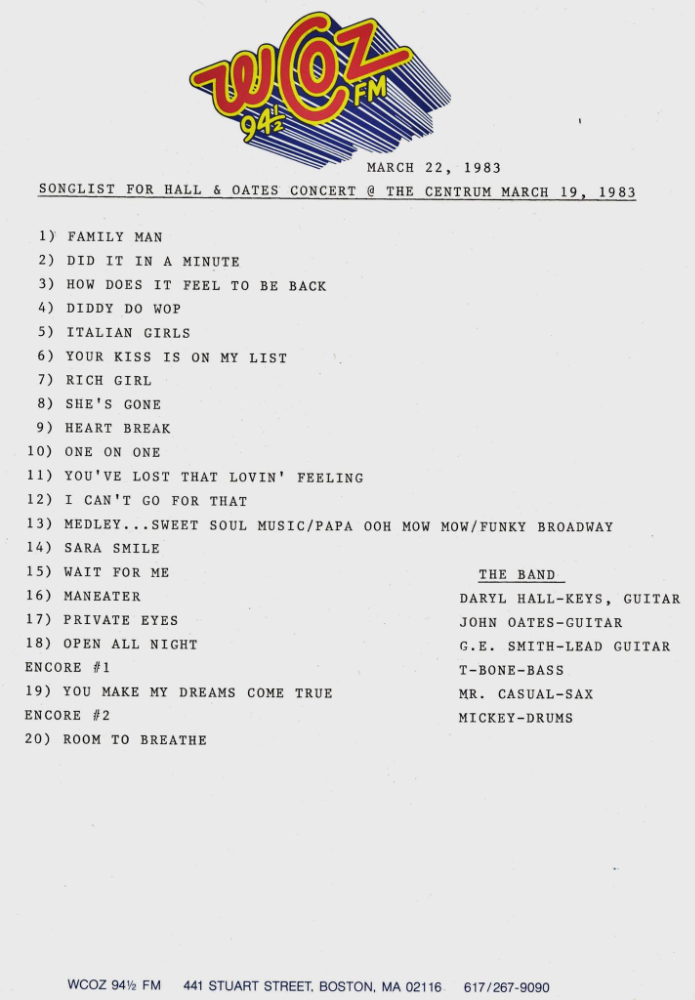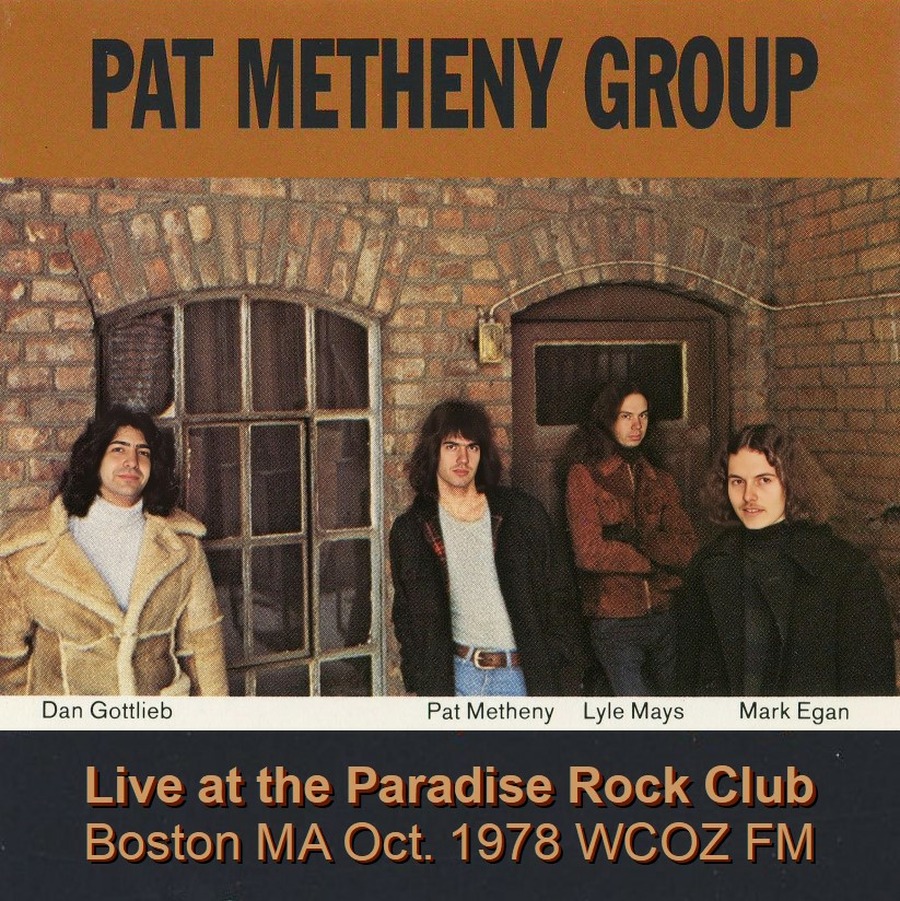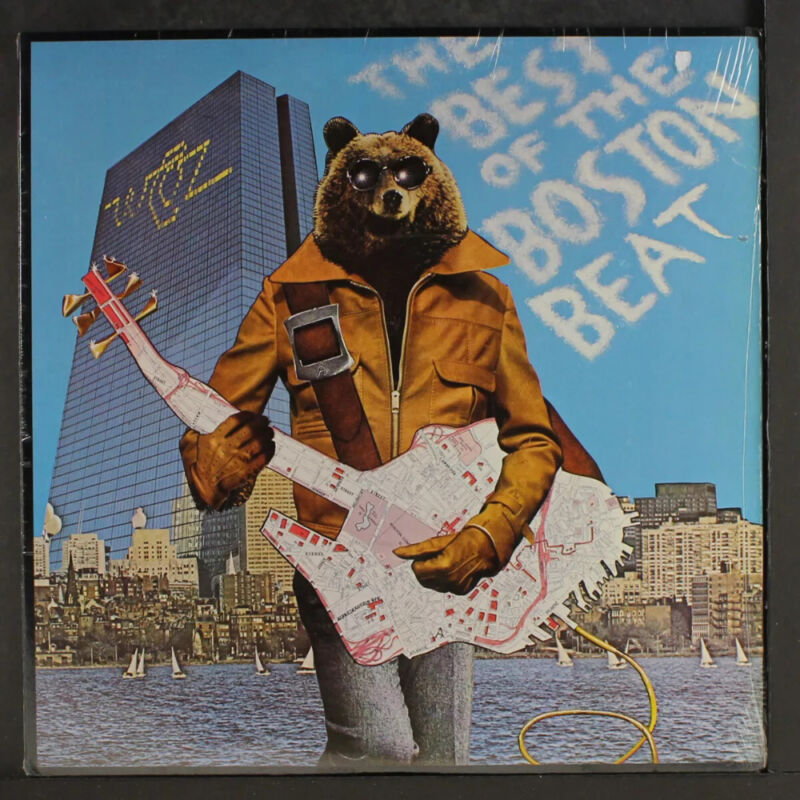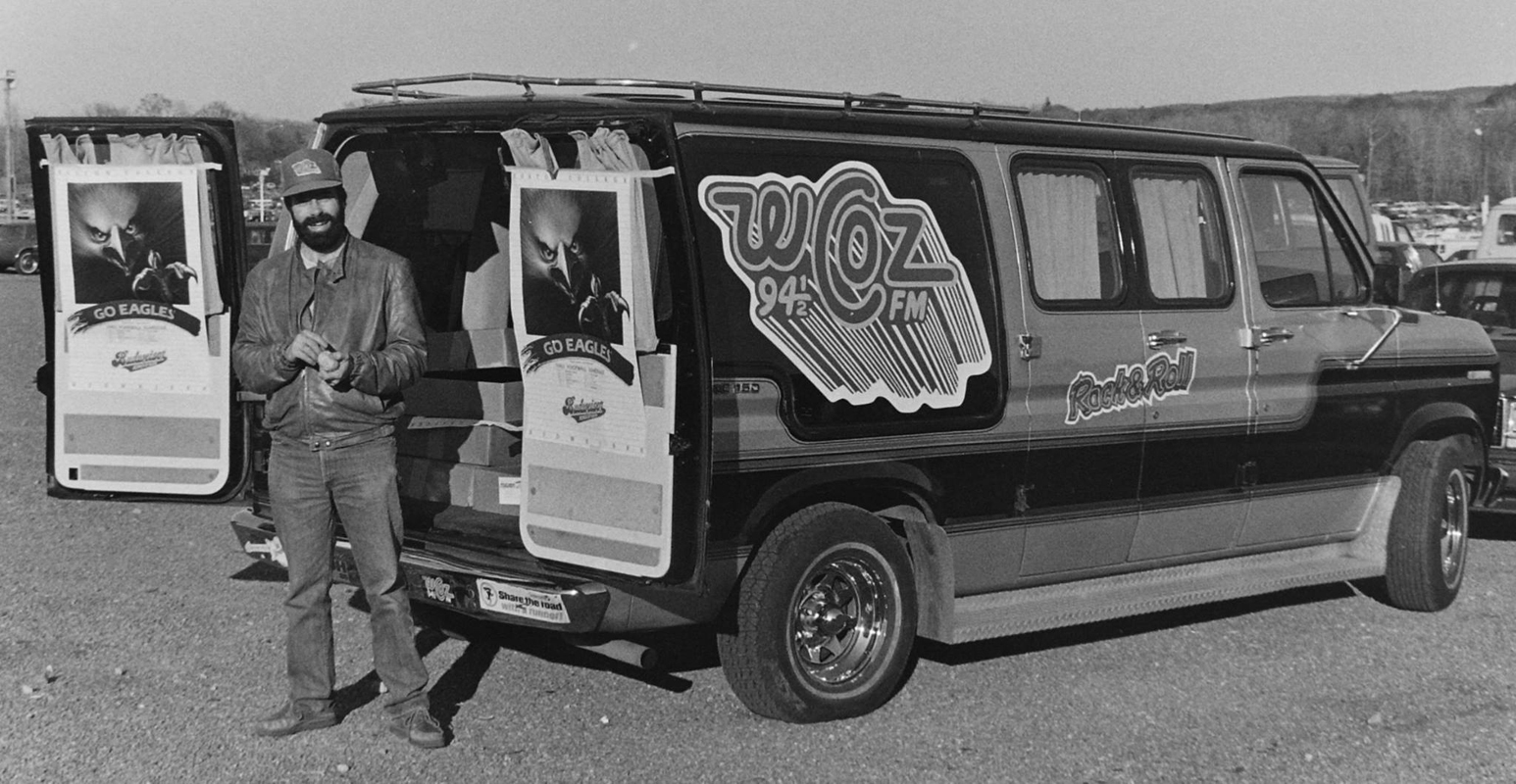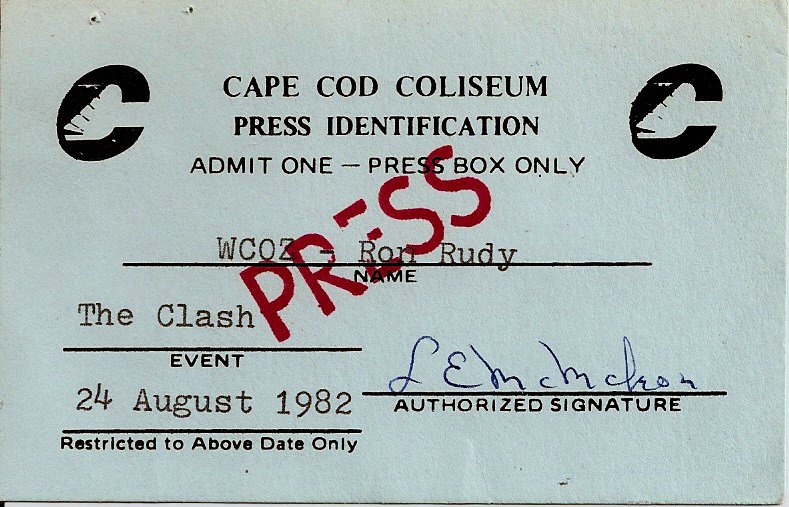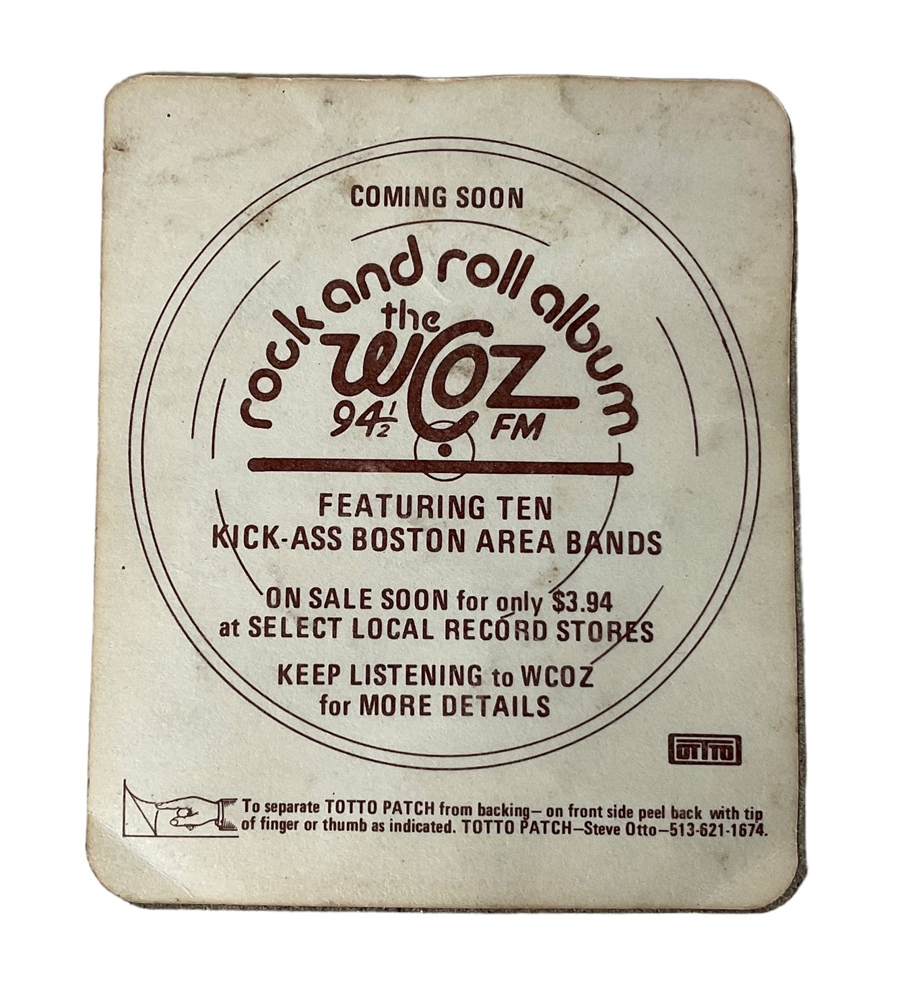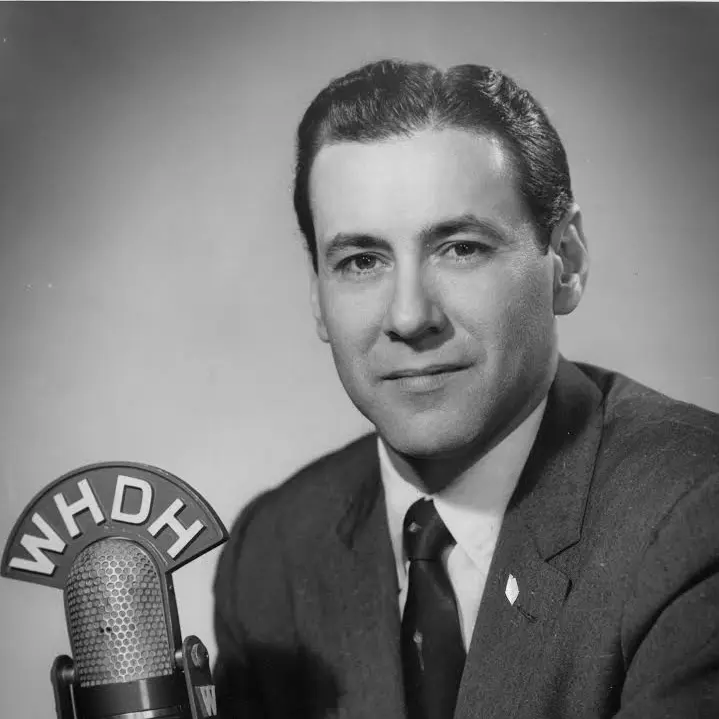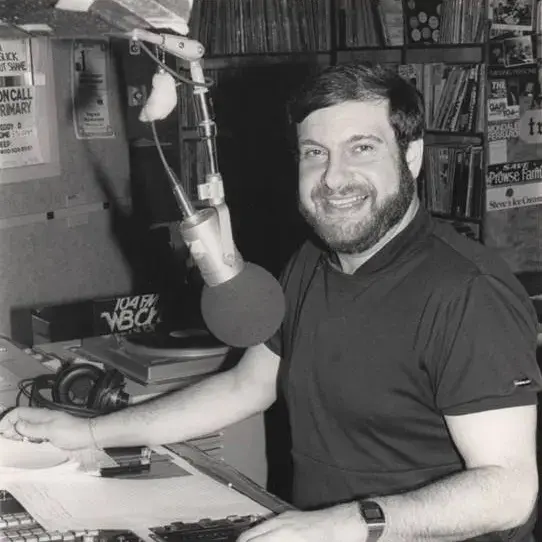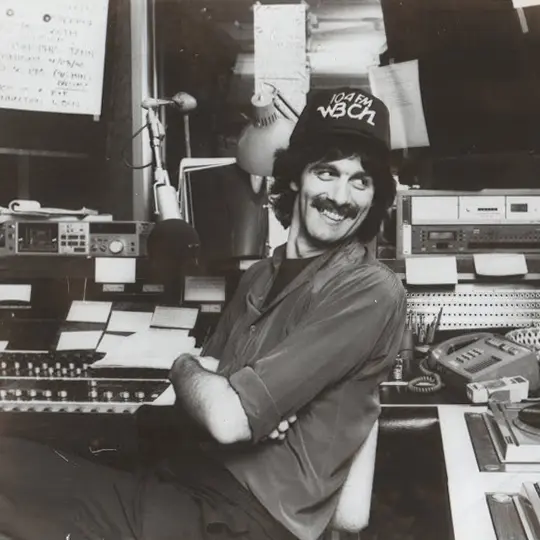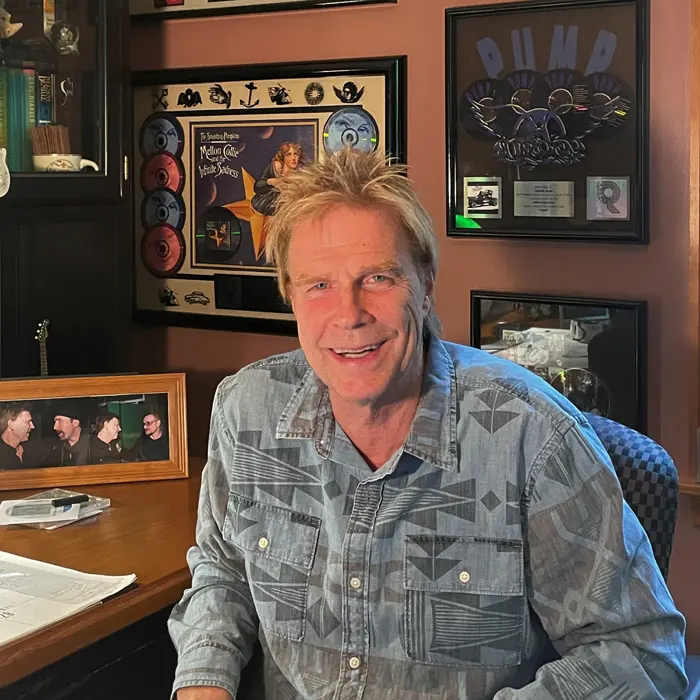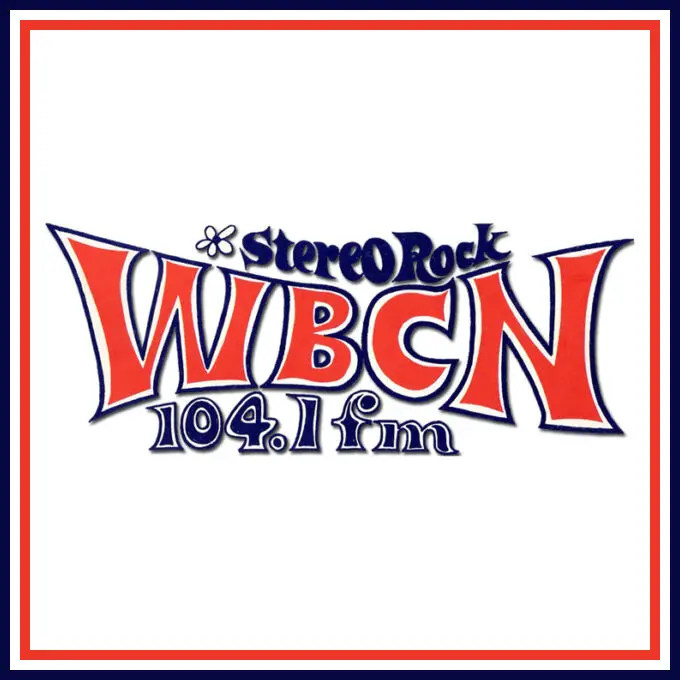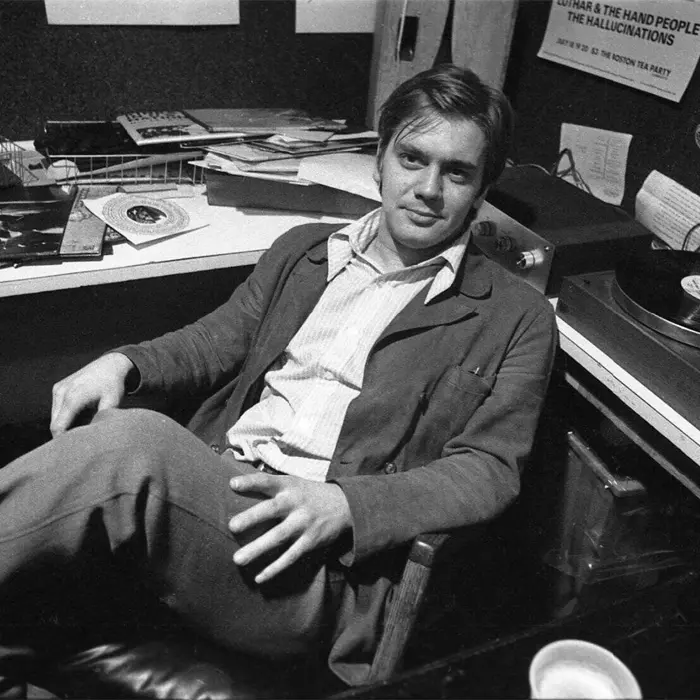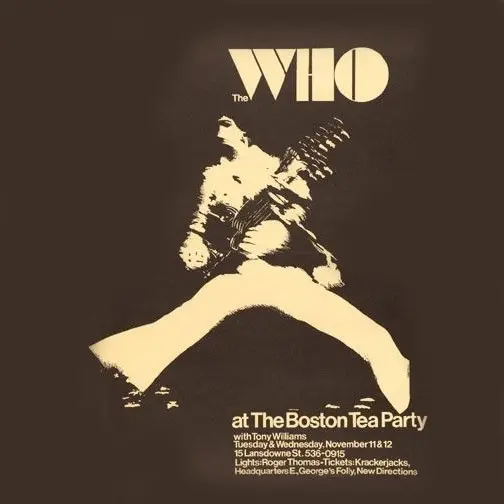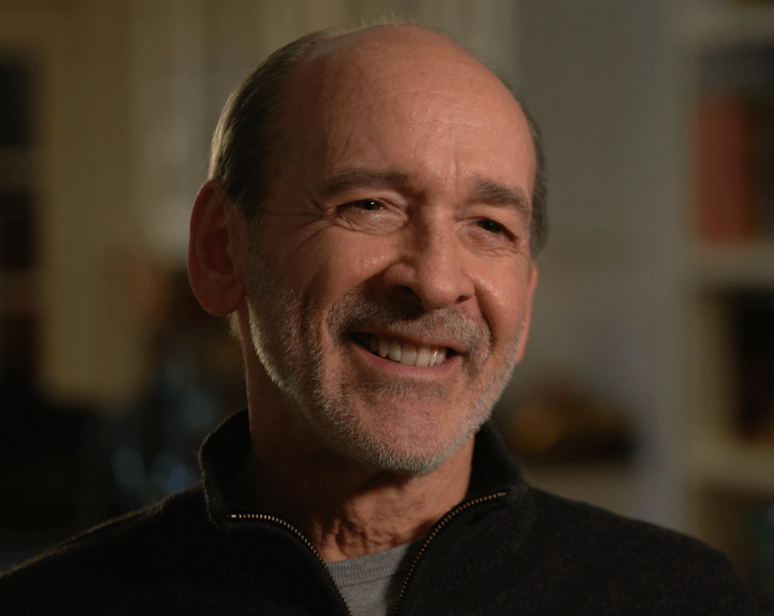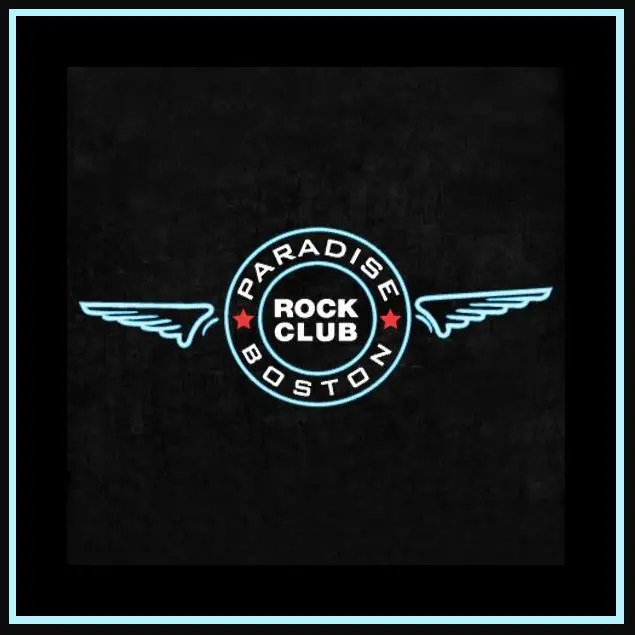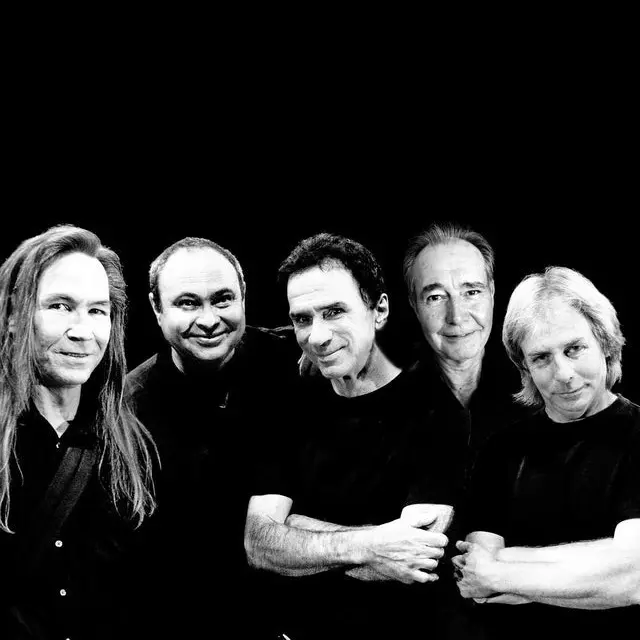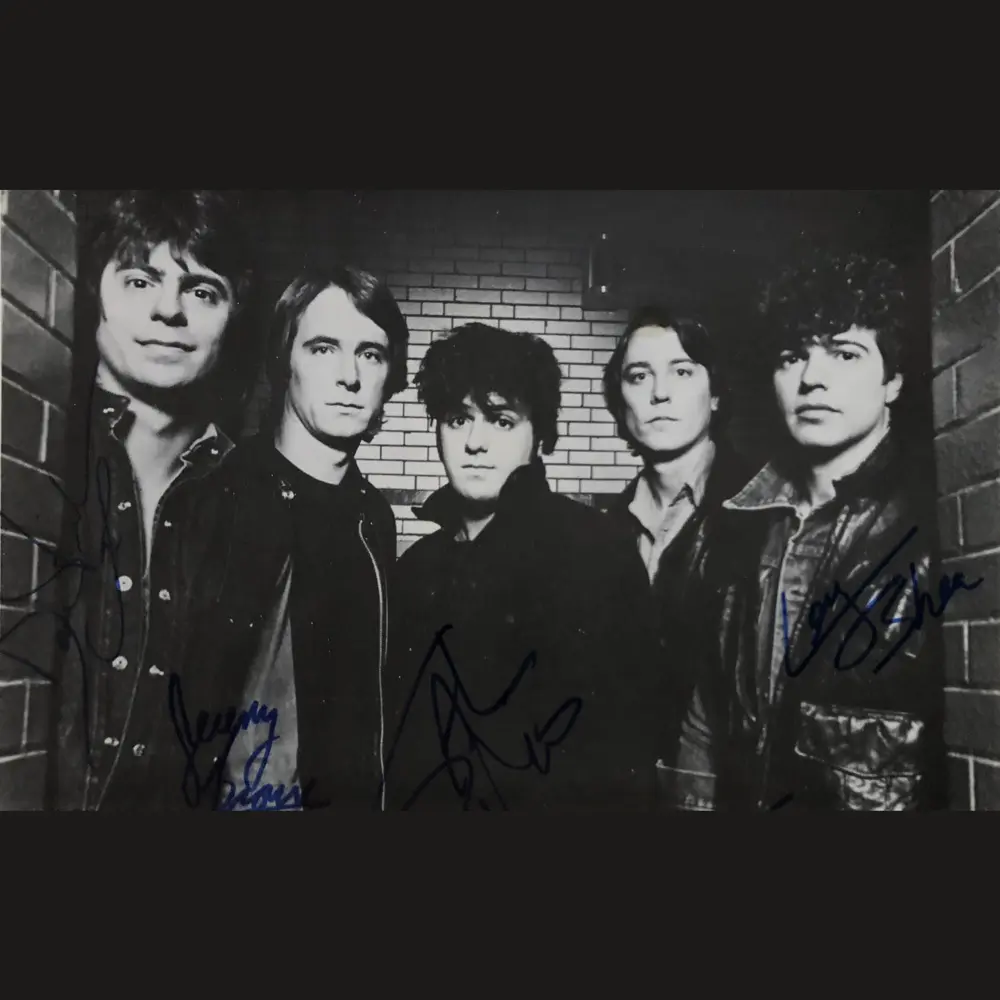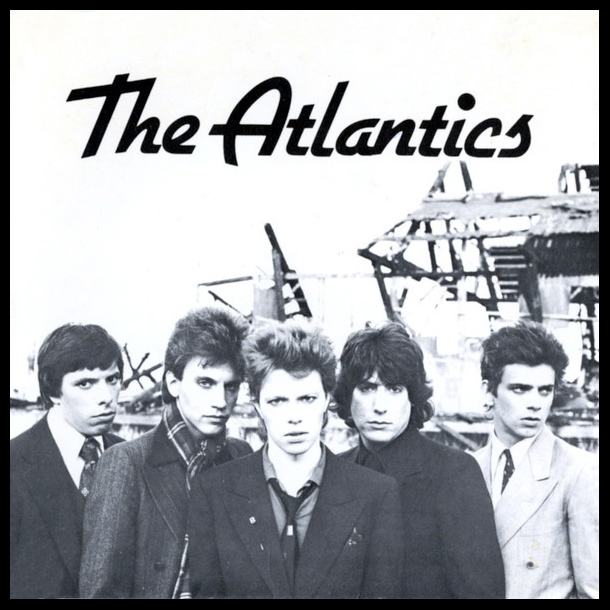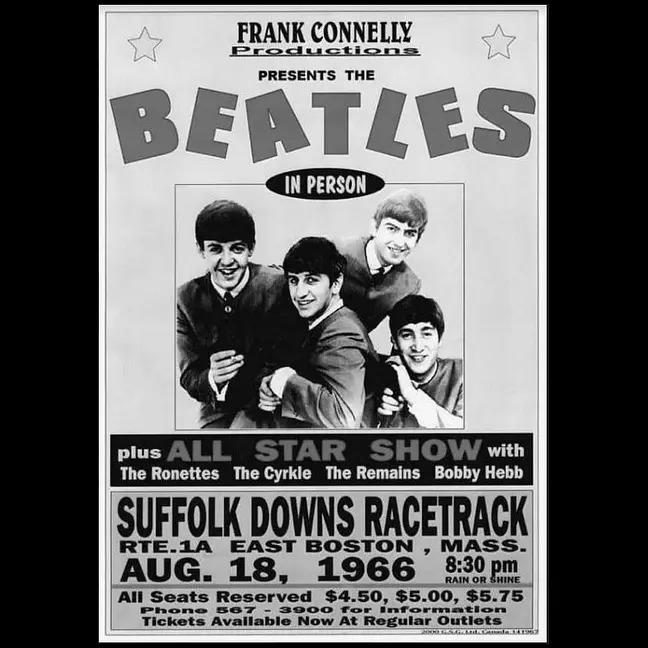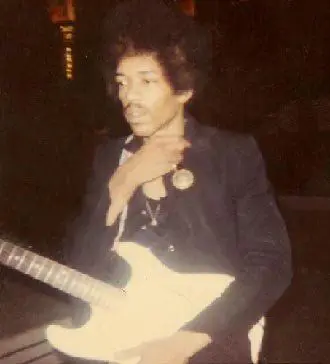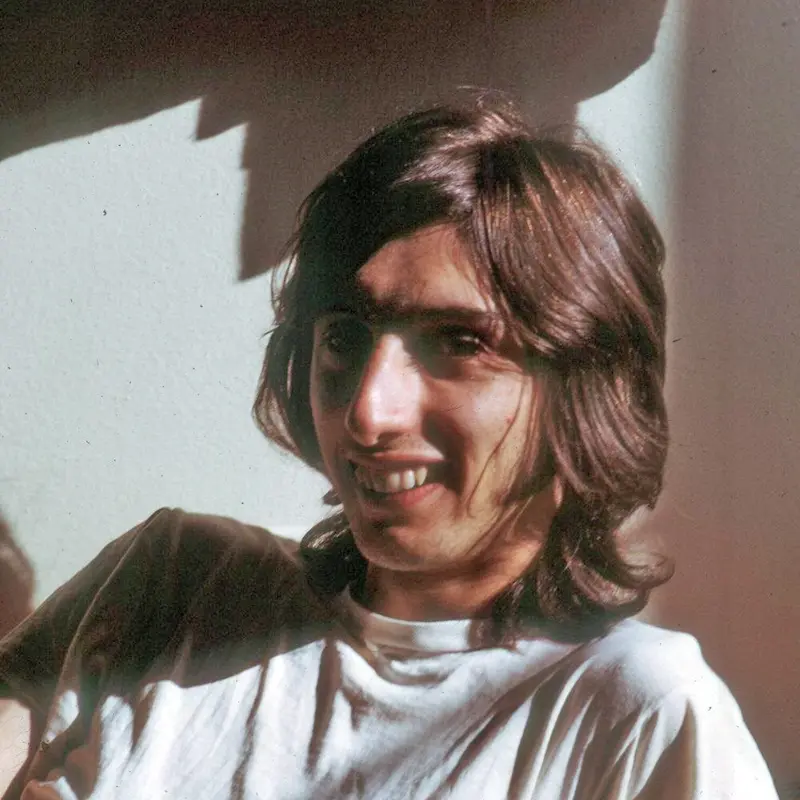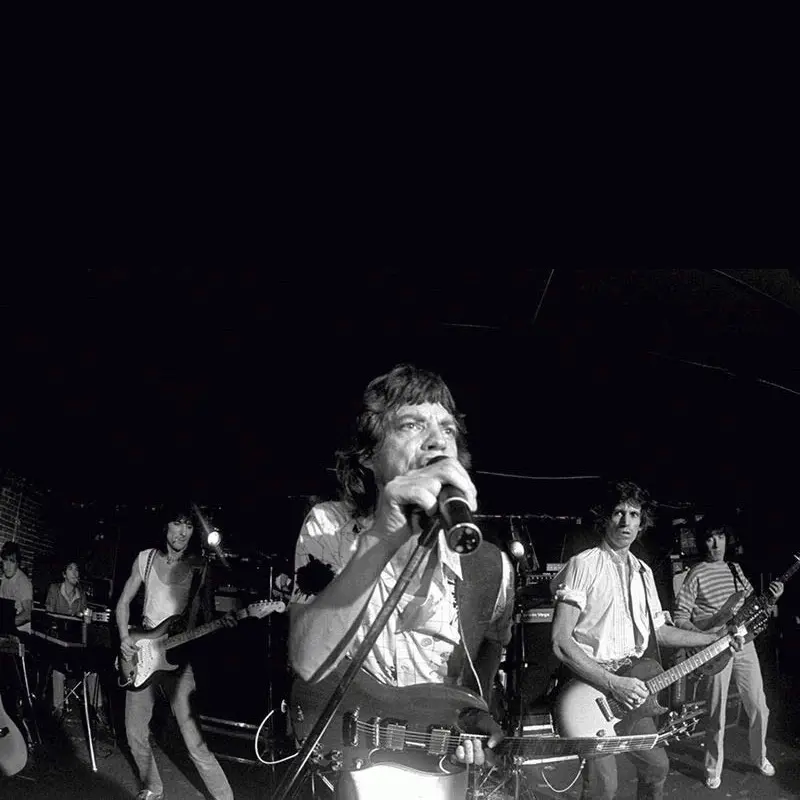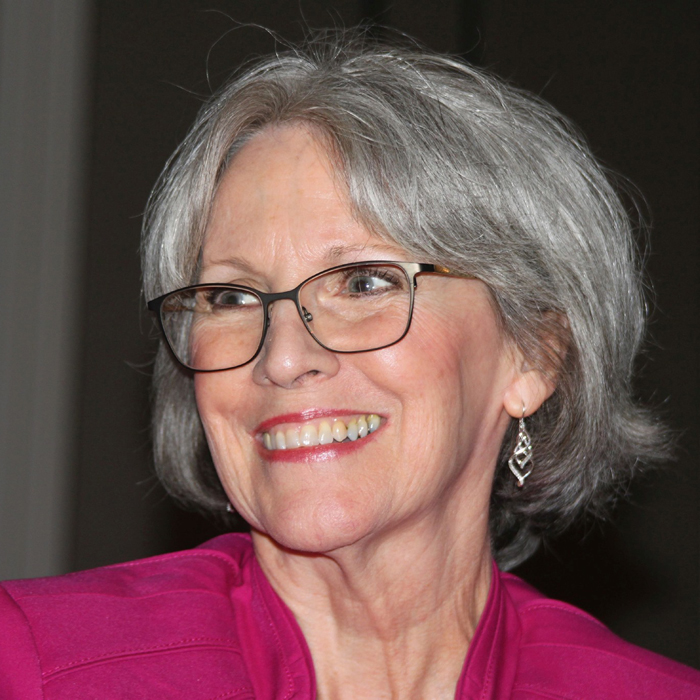WCOZ
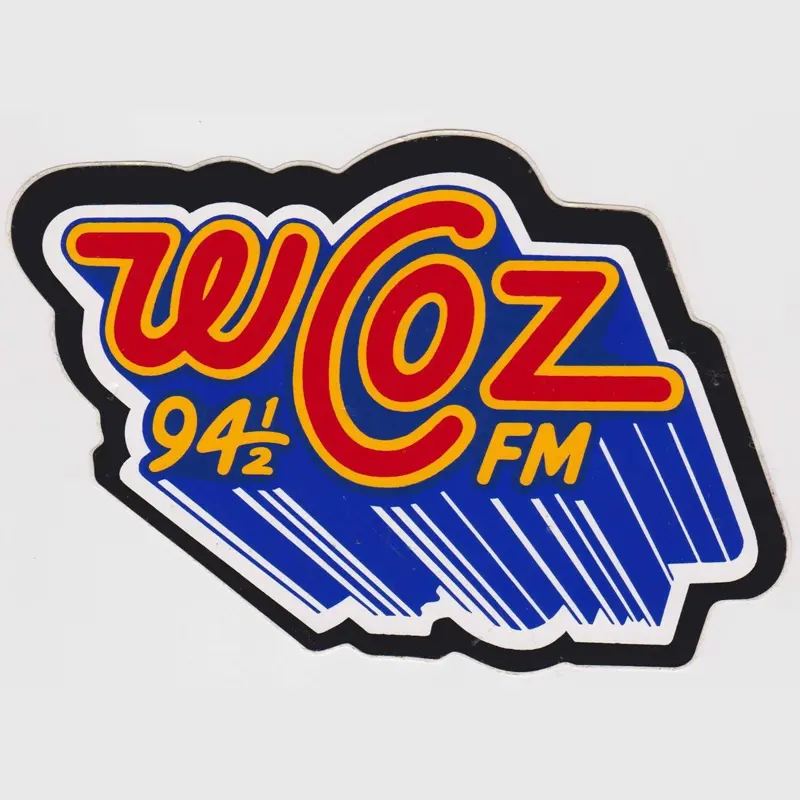
Boston album rocker WCOZ was the station that the critics loved to hate. Unlike its main competitor WBCN, which played a wide variety of musical genres, it was similar to a top-40 station, playing a limited number of hard-rock songs over and over. But, to the great consternation of critics (and the surprise of everyone at WBCN), WCOZ became hugely popular among greater Boston listeners. The station not only moved ahead of ‘BCN in the Arbitron ratings, but by November 1980 its ratings were among the highest of any major-market album rocker in the United States.
BACKGROUND AND BEGINNINGS
In late March 1948, AM station WHDH, then owned by the Herald-Traveler newspapers, founded an FM station, WHDH-FM. AM was still so dominant, however, that most people didn’t even have an FM receiver – those who did tended to be audiophiles – so listeners turned to AM when they wanted to hear the latest hits. That began to change gradually in the late 1960s, though, as more listeners began giving the FM band a try and new stations made their debuts. One was WBCN, which changed from a classical format to album-oriented rock (AOR) one (then called “progressive” or “underground”) in March 1968. In addition to AOR, another popular FM format was so-called “beautiful music,” with Boston’s late-‘60s leader being WJIB.
In November 1972, WHDH-FM changed its call letters to WCOZ-FM (meaning “the cozy sound”), and it too offered a beautiful-music format, with former WHDH announcer Bob Clayton as its first program director. But beautiful music never brought WCOZ strong ratings, so management decided to change to a format that was more popular with younger listeners. On August 15, 1975, the station switched to a “contemporary rock” format under the guidance of program director Clark Smidt and music director Ken Shelton. Smidt’s vision was a station that played a blend of pop hits and album tracks and appealed to listeners between ages 18 and 34.
Much of the programming was automated at first, but gradually the station hired live deejays: in early 1976, the on-air staff included morning host George Taylor Morris; Steven Capen from 10:00-12:00; Lesley Palmiter from noon to 4:00; Smidt from 4:00-7:00; Shelton from 7:00-11:00; and Mark Parenteau from 11:00 to 2:00 am. The new WCOZ used the slogan “Boston’s Best Rock: 94 and a half, WCOZ,” and its playlist, which it sent to trade publications like Radio & Records, included everything from Carole King, Harry Nilsson and Eric Carmen to Jefferson Starship, Queen and The Who.
COMPETITIVE LANDSCAPE, STAFFING CHANGES
Although WBCN and WCOZ did not have identical formats, there was enough overlap that listeners were soon sampling both. As the new kid in town, WCOZ had something of an advantage since it aired fewer commercials, meaning listeners didn’t have to wait as long to hear their favorite songs. The station began increasing its visibility by doing a lot of promotion: putting up billboards, purchasing a van with the station logo emblazoned on it and affiliating with local concert promoters like Don Law who were bringing major artists to Boston. It didn’t take long for some of those artists to make live appearances on WCOZ. It also didn’t take long for WCOZ to begin showing up in the Arbitron ratings and giving WBCN a run for its money.
In September 1976, morning announcer George Taylor Morris replaced Clark Smidt as program director, which resulted in a significant shift in direction. The station’s music remained hit oriented, but moved more toward album rock and its ratings continued to rise; in the October/November Arbitron ratings survey, WCOZ had a 5.0 audience share and WBCN trailed at 3.5. It would not be the first time that WCOZ pulled ahead in the ratings, but when it first happened, it caught WBCN by surprise. In his 2013 book Radio Free Boston: The Rise and Fall of WBCN, former WBCN deejay Carter Alan acknowledged that the station had become self-important and out of touch; nobody there had believed WCOZ could ever defeat them in the ratings battle, according to Alan.
Throughout 1976 and 1977, the ratings seesawed back and forth, with neither station being dominant. Then, in February 1978, Morris left for a job in New York City, replaced in March by Tommy Hadges, formerly of WBCN. Addressing critics who complained that WCOZ was too commercial, Hadges said that his goal was to provide the audience with the full range of mainstream, mass-appeal rock songs they liked; the critics might be tired of “Free Bird” or “Stairway to Heaven,” but the listeners certainly were not. To further differentiate ‘COZ from ‘BCN, Hadges and the promotion team introduced a membership card that provided listeners discounts at local retail outlets – including record stores.
While WCOZ’s music library of about 2,500 songs emphasized well-known rock songs, the station regularly added new music, and also sponsored evenings at popular local venues like the Paradise Rock Club. In addition, the station played local bands; deejay Lesley Palmiter, who’d been at WCOZ since its debut as an album rocker, championed local acts and in 1977 began hosting a Sunday night program, The Boston Beat, where she gave popular ones exposure. In 1979, the station released an album featuring some of those artists, The Best of the Boston Beat, with songs by The Fools, The Stompers, The Atlantics, Johanna Wild and other groups that Palmiter had been playing.
”KICK-ASS ROCK AND ROLL,” RATINGS BATTLE
The ratings showed that Hadges knew what he was doing; by the time he left in the summer of 1980, WCOZ was the #1 FM rock station in Boston, with a 7.8 share (far ahead of WBCN’s 4.2). John Sebastian, who had previously programmed at an album rocker in Phoenix, and was a firm believer in using call-out research to determine what listeners liked, replaced Hadges and tightened the playlist to about 300 songs, rotating them like a top-40 station. The music was heavy on bands like REO Speedwagon, Kansas, Rush, Led Zeppelin, AC/DC, Bob Seger, Van Halen, The Rolling Stones and The Who, along with classic tracks by Jimi Hendrix, The Beatles, Creedence Clearwater Revival and others that fit the sound that Sebastian wanted. That sound was exemplified in the new slogans he installed: “94½ WCOZ: Kick-Ass Rock and Roll” and “94½ WCOZ: The Rock and Roll Mutha.” The deejays were instructed to say as little as possible; the focus was on reading from their on-air liner cards and playing the music. He also canceled Palmiter’s show, which he believed was out of place on a station that focused on big-name acts.
Critics derided the new iteration of WCOZ as “all rock, no talk,” and noted that the station played virtually no female artists. It also played few Black artists, but Sebastian saw that as a selling point since one of the station’s slogans was “No Disco.” When critics complained about the station’s narrow programming, he pointed to the ratings: In October/November 1980, WCOZ rose to a 9.1 share, one of the highest ratings of any major-market album-rock station in the US; WBCN had less than half of that, at 4.2.
Under Sebastian’s format, WCOZ’s ratings continued to soar, reaching an 11.0 in the January/February 1981 Arbitron ratings, which made the station #1 in Boston, surpassing its sister station WHDH-AM (whose adult-contemporary format was usually the market leader). In February 1981, Sebastian left WCOZ to start his own consultancy, choosing Andy Beaubien as his replacement; Beaubien had been on the air at WCOZ since 1977. In the fall 1981 ratings, the station was still on top with an impressive 12.6, but that dominance was short-lived due to changes in Boston’s radio market. Kiss 108, with its danceable top-40 format, was making major inroads with young adults, several other stations were now playing some form of album-oriented rock and there was now a new soft-rock station, WMJX (“Magic 106.7”), which was attracting significant attention with female listeners. Most importantly, WBCN, led by new program director Oedipus, was making adjustments that led to a rise in its ratings. WCOZ continued to be #1 with teens but it was now fending off other competitors for 18-34-year-old listeners. By the end of 1981, the station’s ratings had slipped to a still-respectable 9.3, but by early 1982 they’d plummeted to just 6.7.
Concerned that listeners were bored with how tight the playlist was, Beaubien added new songs and loosened some of the other format restrictions, hoping to make WCOZ sound less like a jukebox. As a result, the station’s ratings showed slight improvement, though they never fully recovered. By the end of 1982, Kiss 108 was #1 in Boston and WBCN had once again moved ahead of WCOZ by making inroads with 18-34-year-old male listeners, a demographic WCOZ had previously dominated. WBCN now had a 5.6 rating, putting it in fifth place in the Boston market; WCOZ was tied for sixth place with 4.9.
FINAL YEARS, BECOMING WZOU
With WBCN making a comeback and listeners no longer remaining loyal to ‘COZ, rumors began flying in early 1983 that the station might change to a different format, perhaps modern rock. WCOZ was still doing well enough with teens, but no matter how many creative promotions or contests it tried and how much the station modified its playlists, nothing boosted the ratings. By the summer of ‘83, WHTT (formerly WEEI-FM, an adult contemporary station) was #1 in Boston, Kiss 108 was #2 and a resurgent WBCN was at #3. WCOZ was lagging far behind, no longer even in the top 10, and some of the station’s best-known deejays had left; even Beaubien departed, taking a job at a station in Houston.
As WCOZ prepared to celebrate its eighth birthday in mid-August 1983, there was no sign that any major change was on the horizon. Then, on October 17, 1983, management announced that the station would abandon rock and become an adult-contemporary station, using slogans like “Where the music has come of age” and “Boston’s most enjoyable music.” All of a sudden, “kick-ass rock and roll” was dead at ‘COZ; the station even held a contest where first prize was the WCOZ contest van. Just a year later, however, the station’s experiment with adult contemporary ended, too. WCOZ changed to top-40 in September 1984 under new call letters: WZOU (“the Zoo”).
LEGACY
For a while in the late 1970s and early 1980s, WCOZ was the dominant rocker in Boston, with some of the highest ratings any album-oriented rock station in the US had ever achieved. Its success was a wakeup call for WBCN, but it was also a cautionary tale about how audiences can be fickle. At its best, WCOZ had provided well-known deejays, mass appeal rock and lots of contests and promotions, playing the big names but still making time for Boston-area artists. The Sebastian era brought huge ratings, but the limited playlist and general lack of personality only took the station so far as the audience tired of the format and went elsewhere. And yet, to this day, when Boston radio listeners of a certain age think of WCOZ, they still remember its iconic slogan: “Kick-ass Rock and Roll.”
(by Donna Halper)
Former deejay, music director and radio consultant Donna Halper is a Boston-based historian who has spent over three decades as a professor, teaching media-related courses at Emerson College, the University of Massachusetts and Lesley University. She’s the author of six books including Boston Radio: 1920-2010 (Arcadia Publishing, 2011) and has written articles for a variety of publications. Dr. Halper was inducted into the Massachusetts Broadcasters Hall of Fame in 2023.

